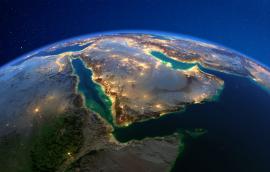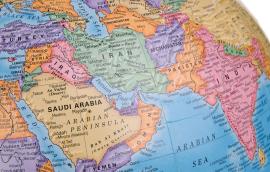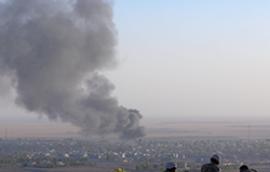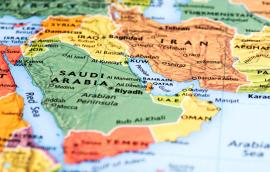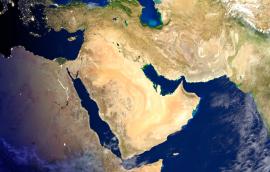Rethinking U.S. Strategy in the Middle East
What strategy should the U.S. pursue in confronting ISIL and addressing the broader challenges of Iraq, Syria, Iran, Yemen, stability in the Persian Gulf, and the ever-present Israeli-Palestinian dispute? Leadership and engagement play a part, of course, but they must be subservient to a U.S. strategy whose objective is to protect and, if possible, advance our core interests in the region.
Joe Barnes, Andrew Bowen June 19, 2015

